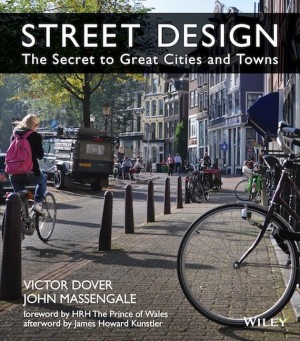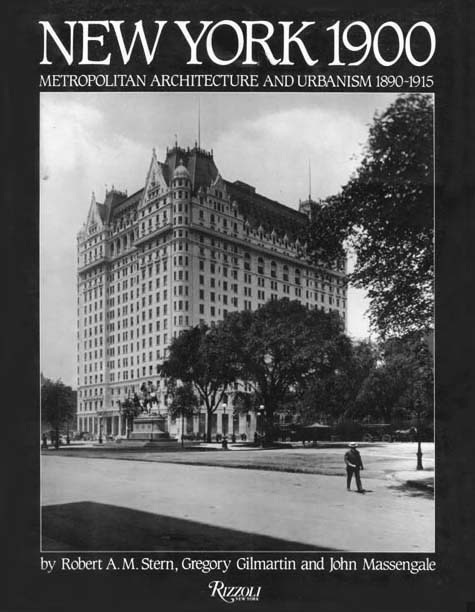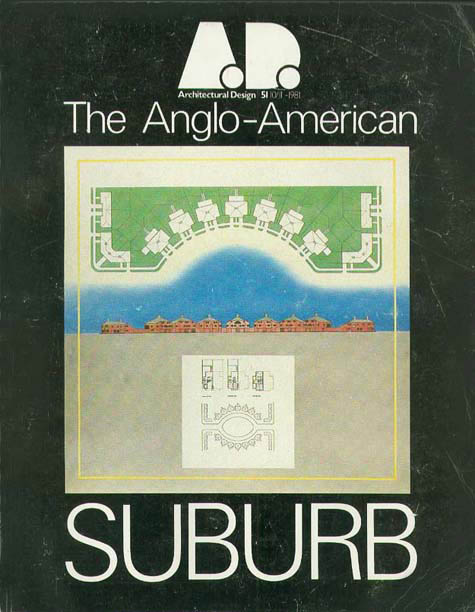IF TROMBONE SHORTY were an architect, his fellow architects would say his music is “nostalgic” and “pastiche,” because he draws so heavily on the musical traditions of New Orleans. Luckily for us, musicians are smarter than that. The White House loves him too—EVERYONE is very happy in the video above.
Troy “Trombone Shorty” Andrews is a great musician who was lucky enough to grow up in a family of musicians in New Orleans. Like Isaac Newton, he stands on the shoulders of giants—the New Orleans jazz musicians who came before him.* They created a musical culture unlike any other.
Among the qualities that distinguish New Orleans jazz are its horn players. And the greatest of those is Louis Armstrong, who grew up in Storyville, the red light section of New Orleans. “Every time I close my eyes blowing that trumpet of mine—I look right in the heart of good old New Orleans,” Armstrong said, “It has given me something to live for.”
And since the 1920s, when Armstrong was in his 20s, all New Orleans horn players have owed a debt to Satchmo:
Trombone Shorty was a minor but recurring character on Treme, the HBO fictional series about life in New Orleans after Hurricane Katrina. (In the video above, one of the main characters, Antoine Batiste, is sorry that Trombone Shorty is going to see him playing at the New Orleans airport, but then he’s blown away by his playing): Watch the video on YouTube (embedding disabled)
And here is Trombone Shorty at 13, a tribute to the culture of New Orleans:
The song is “Second Line,” by Duke Ellington. The title refers to parades through the streets of New Orleans. They’re led by the “first line,” a brass band, and followed by the “second line”—a group made up of anyone who wants to join in and follow along. Andrews undoubtedly grew up marching along in second lines and then first lines. Watch Wynton Marsalis’s face as he listens to Shorty.
* “If I have seen further than others” Newton said, “it is by standing upon the shoulders of giants.”



